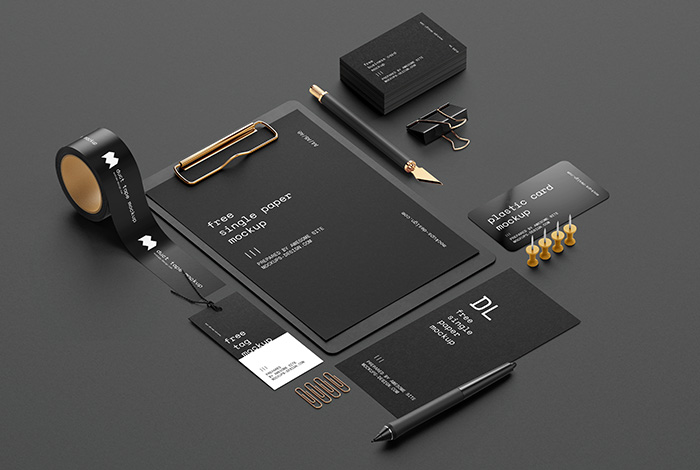Mockups are an essential part of the design process that allows you to visualize your ideas and create a blueprint of your project. A mockup is essentially a prototype that represents the final product in a simplified version, making it easier to identify any design flaws or functionality issues. In this article, we'll explore the importance of mockups, how they work, and the different types of mockups available.
Why Are Mockups Important?
Mockups are crucial in the design process as they allow you to communicate your ideas visually to clients, stakeholders, and other team members. They provide a more tangible representation of the final product, which is easier to understand than mere descriptions or sketches. The use of mockups helps to eliminate the guesswork involved in visualizing the final product, and it saves time, money, and resources in the development process. Additionally, mockups can be used to test different design ideas and refine them until they are ready for implementation.
How Do Mockups Work?
Mockups can be created using various design tools, such as Adobe Photoshop, Sketch, or Figma. A mockup typically includes the basic layout, color schemes, typography, and other design elements. You can also include interactive elements such as buttons, dropdown menus, and forms, making it easier to test the functionality of the design.
When creating a mockup, it's important to consider the target audience and the platform where the final product will be used. For example, a mobile app mockup will have a different layout and design than a website mockup, given the differences in screen sizes and user interaction. The mockup should also reflect the branding guidelines and design principles of the client or company.
Types of Mockups
There are different types of mockups, each serving a specific purpose in the design process. Here are some of the most common types of mockups:
Low-Fidelity Mockups
Low-fidelity mockups are rough sketches that provide a basic representation of the final product's design. They are typically used to communicate ideas quickly and cheaply, and they allow designers to focus on the overall layout and user flow of the design.
Medium-Fidelity Mockups
Medium-fidelity mockups are more detailed than low-fidelity mockups, and they include more design elements such as typography, color schemes, and interactive features. They are useful in testing the functionality of the design and identifying any usability issues.
High-Fidelity Mockups
High-fidelity mockups are highly detailed and closely resemble the final product. They include all design elements, including images, icons, and graphics, and they allow designers to test the final product's look and feel.
Interactive Mockups
Interactive mockups allow designers to test the functionality of the design and user flow. They include clickable buttons, dropdown menus, and other interactive features, and they allow designers to test the design's usability and identify any issues.
Responsive Mockups
Responsive mockups are designed to be viewed on different screen sizes, including desktop, tablet, and mobile devices. They allow designers to test the design's responsiveness and ensure that it looks good on all devices.
In conclusion, mockups are an essential part of the design process that allows designers to bring their ideas to life and create a tangible representation of the final product. They help to eliminate guesswork, save time, money, and resources, and provide a more effective means of communication between designers, clients, and stakeholders. With the right design tools and approach, mockups can be created quickly and efficiently, and they can lead to a more successful design outcome.
